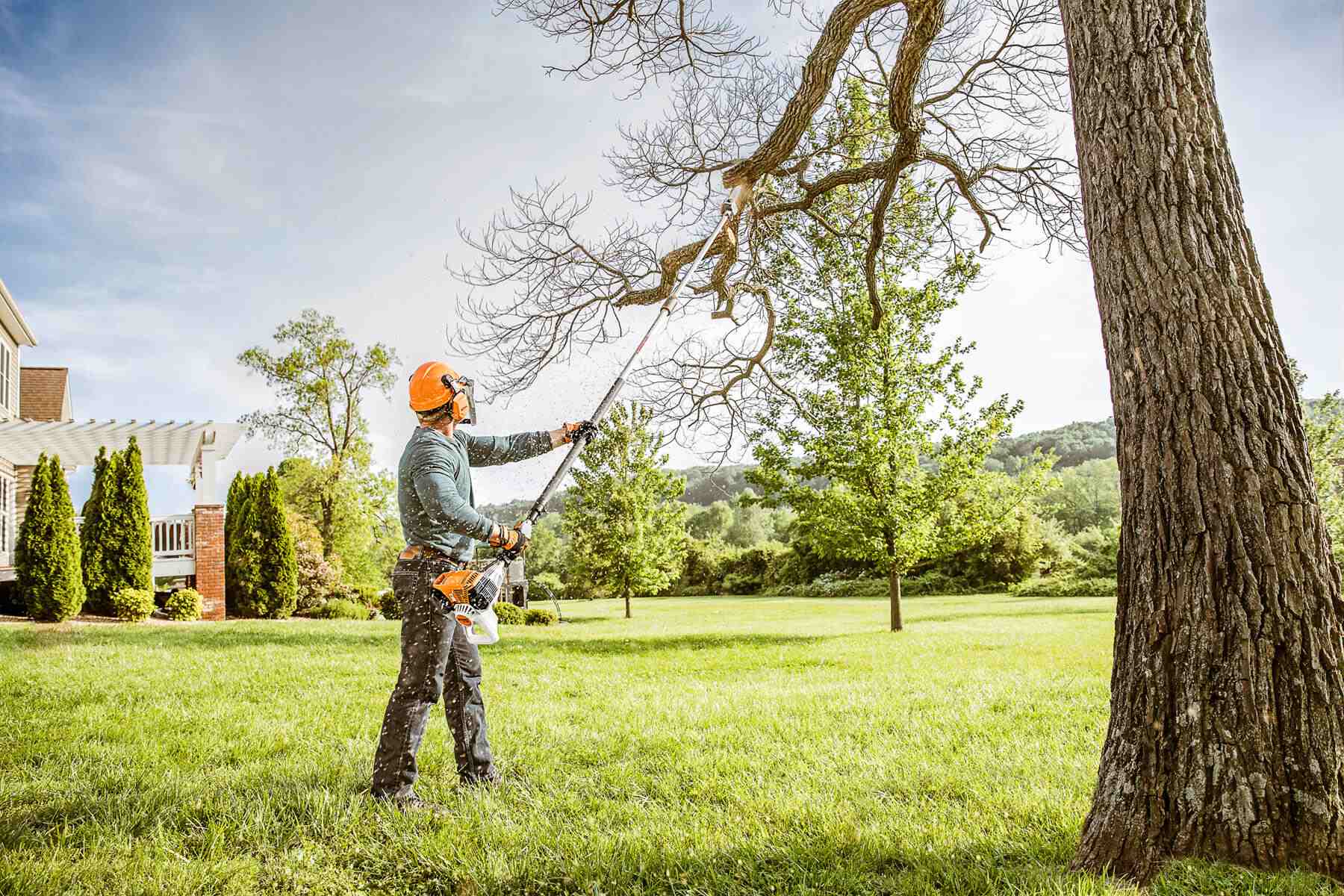As the guardians of these urban forests, arborists fulfill a crucial role in preserving the health and beauty of arboreal species. Professional tree care experts hold an expansive expertise of tree biology, safety measures, and ecological interactions, making them essential when it comes to caring for our urban forests and natural landscapes. Whether it is enhancing visual appeal, guaranteeing safety in structure, or recognizing tree diseases, arborists have the expertise needed to support tree vitality.
However in addition to their knowledge, arborists usually develop their favorites when it comes to tree species. Various trees bring distinct advantages and obstacles, and selecting the right ones is essential for both utility and beauty. In this article review the 10 most popular tree species that every arborist appreciates, delving into the reasons why these specific species are held in esteem and the attention they call for. If you are a lover of trees or a homeowner seeking to beautify your outdoor space, understanding these types can provide important knowledge into making the best choices for your land.
The Significance of Certified Arborists
Employing a licensed arborist is crucial for maintaining the health and safety of trees. These experts have the specialized knowledge and training necessary to evaluate tree health, detect issues, and execute effective solutions. Their expertise ensures that trees are nurtured properly, promoting longevity and vitality, which ultimately supports homeowners and communities together.
Licensed arborists understand the intricacies of tree biology and mechanics, allowing them to make knowledgeable decisions about cutting, cabling, and other interventions. They can detect signs of disease or pest infestations promptly, minimizing potential damage and costs. Moreover, their training equips them with skills to assess tree risk, making them essential for urban environments where trees connect closely with structures and people.
In addition to direct tree care, qualified arborists play a key role in informing the public about tree stewardship. They promote for sustainable practices that support biodiversity and ecosystem health. By deciding to work with a qualified arborist, individuals add to a healthier urban landscape and ensure that their trees receive the best possible care.
Main Points from Certified Arborists
Tree care specialists emphasize the importance of understanding tree biology and the environmental factors that affect tree health. They know that each tree species has specific needs, and recognizing these diversities is crucial for their care. Arborists often stress that proper watering, mulching, and pruning techniques can significantly enhance a tree's growth and longevity. This expertise allows them to tailor their care strategies based on the particular requirements of specific trees, ensuring optimal health.
Another key insight shared by arborists is the value of regular tree inspections. They suggest that monitoring trees for signs of disease or stress can prevent larger issues down the line. During inspections, arborists look for indicators such as leaf discoloration, unusual growth patterns, or pest infestations. Early detection enables arborists to take proactive measures, whether through intervention or by recommending removal if the tree poses a risk.
Lastly, arborists are keen advocates for sustainable practices in tree management. They often highlight the importance of preserving local species and promoting biodiversity in urban environments. By educating property owners about the advantages of planting the right tree in the right location, arborists contribute to healthier ecosystems. Their skills not only helps in the cultivation of trees but also informs the community on the broader impacts of tree care on local wildlife and the environment.
Key Tree Care Methods and Tools
Arborists use a range of essential techniques and tools to ensure the well-being and protection of trees. One important practice is regular tree evaluations, which allow arborists to identify potential issues such as disease, insect problems, and structural weaknesses. Armed with a deep understanding of tree biology, they assess tree health and provide advice for care. Additional resources -thinking approach helps preserve a thriving urban canopy and avoid risks that could emerge from damaged trees.
In addition to inspections, pruning is a vital practice that encourages healthy growth and enhances the aesthetic appeal of trees. Arborists utilize specialized tools like pruning shears, saws, and climbing gear to safely access tree limbs while ensuring minimal damage to the tree. Understanding the right timeliness and methodology for trimming is crucial, as it promotes new development and assists in molding the tree based on its surroundings. Arborists are skilled to determine the best methods for each species and situation, making their knowledge invaluable.

In conclusion, arborists use technology to aid in their efforts. Tools such as aerial lifts, stump removers, and chipper machines simplify the procedure of tree removal and maintenance. Modern software is often utilized for conducting risk assessments and developing management plans. By integrating traditional methods with contemporary technology, arborists enhance their ability to care for trees, guaranteeing they flourish in both wild and urban settings.
